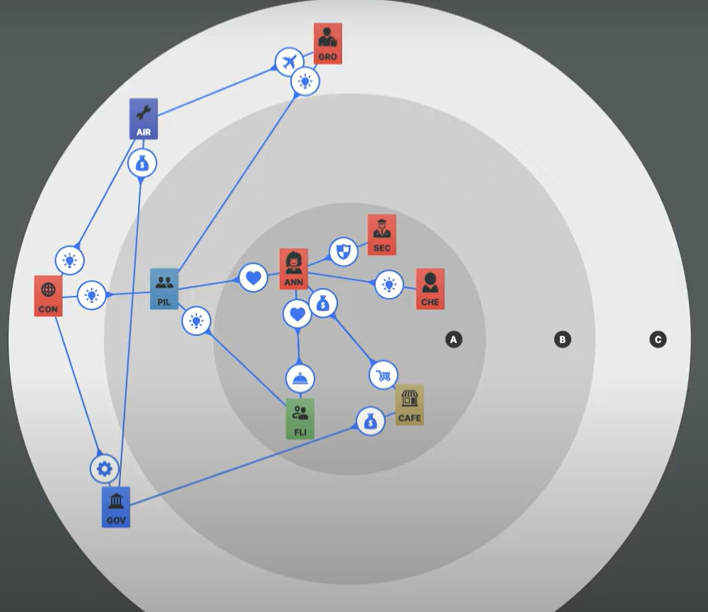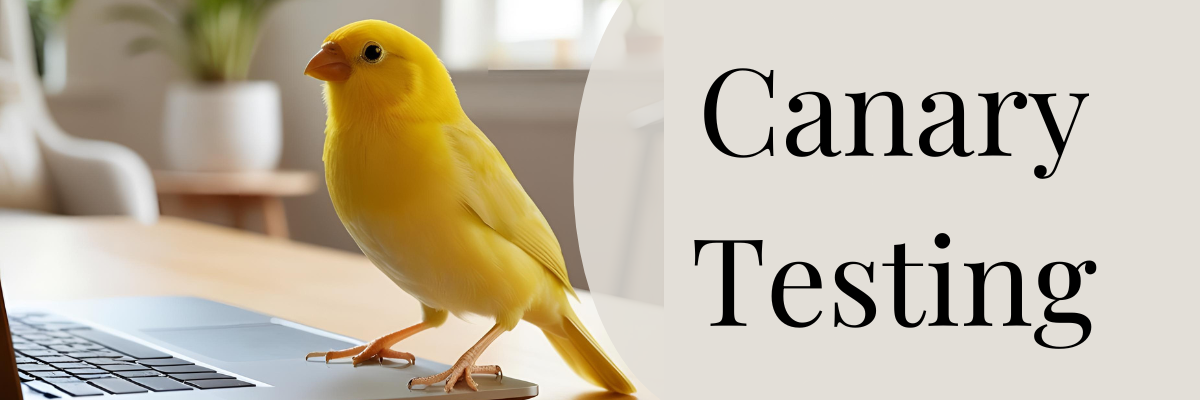We recently came across a great collection of Stakeholder engagement tools and it piqued our interest because this process is so critical to project success. We will share what we found here with you. Share your comments and feedback after reading through this page.
First: What is Stakeholder Mapping?
Mapping stakeholders involves a structured approach that aids organizations in recognizing, classifying, and comprehending the individuals, groups, or entities vested in a specific project, venture, or entity.
In essence, stakeholder mapping constitutes the process of scrutinizing the involved parties in a service provision and delineating their connections, culminating in the creation of stakeholder maps.
The core essence lies not solely in the resultant stakeholder map but also in the inherent value of researching the stakeholder network, convening diverse teams for analysis, and evaluating the existing landscape. Consequently, stakeholder mapping encompasses not just the tangible output, but also the invaluable outcome: a heightened comprehension and lucid insights into the stakeholders’ dynamics.
Why do project managers need to have a stakeholder map?
Stakeholder mapping stands as a pivotal cornerstone during the early stages of any project for several important reasons.
- Primarily, it facilitates a comprehensive identification and understanding of the various parties invested in or influenced by the project. By meticulously delineating these stakeholders, their interests, and potential impact, project managers gain crucial insights into potential risks, opportunities, and influential factors that could shape the project’s trajectory.
- Skipping this foundational step could lead to blindsiding critical stakeholders, resulting in misaligned objectives, conflicts, or overlooked opportunities.
Ultimately, stakeholder mapping serves as an essential compass, guiding project managers towards informed decision-making, effective communication strategies, and proactive management of stakeholder expectations throughout the project lifecycle.

Stakeholder Engagement Tools
Canva
Canva is a visual tool that is easy for both seasoned designers and novices to use. It may take some time for those who are completely new to it, but once you get the hang of it, it’s terrific and will get your creative juices flowing.
Here is an example of one of the ‘canvases’ that you can use for Stakeholder mapping: Link

Pros:
- Ease of use
- Create a public sharing link or share directly with your team
- Download it as an image or PDF and attach it to your project artifacts
- You can get creative and add images, notes, comments, etc.
Cons:
- For your team to collaborate, they must have Canva accounts (a free version may suffice)
- You may need to upgrade your subscription to use some premium features.
- Once you download it as an image or PDF, updates to the document will require you to go back to your project on Canva, make updates and re-download them.
Smaply
Smaply is a dynamic tool that helps a project manager or project team through many mapping journeys stakeholders being one of them. We found this to be effective in not only outlining the mapping by influence/impact but also by persona. Here you get to create the stakeholder, create a persona around them, plot them on the ‘map’, and then draw relationships between them. Smaply has helpful how-to videos and can guide new users through building a matrix.

Pros:
- Building a stakeholder map is fairly simple
- You can build a stakeholder persona for more insights into the person’s likes/dislikes and expectations.
- You can define the relationship between stakeholders right on the map and use icons to further illustrate the type of relationship.
- After finishing your map, you can export it as a PDF to share with your team members.
Cons:
- The map is limited to 3 sectors of ‘influence’. If there is a way to edit or update this, it is not intuitive.
- There is a limit to how much information you can add to the map and there is not a lot of flexibility for customization.
Mural
Mural, a digital workspace designed for collaborative brainstorming and visual thinking, is a game-changer in stakeholder mapping. Mural’s forte lies in its ability to invite collaboration among teams dispersed across locations. Stakeholder mapping often involves diverse perspectives, and Mural’s real-time collaboration allows stakeholders to contribute simultaneously, enabling a holistic view of the stakeholder landscape. With customizable templates, stakeholders can map relationships, interests, and power dynamics using images, diagrams, and annotations, making complex data more accessible.
Pro:
- Seamless collaboration through real-time interaction.
- Visual representation that simplifies complex relationships.
- Flexibility and customization through templates and features.
Cons:
- Learning curve for new users who are not familiar with the tool.
- Cost can be a factor depending on the size of the team.
Miro
Miro, a digital whiteboarding platform, is a dynamic solution for stakeholder mapping, offering a canvas where visual representation and teamwork harmonize seamlessly. Stakeholder relationships often sprawl across intricate networks. Miro’s intuitive interface enables stakeholders to create visual frameworks that simplify complexity. Through customizable templates and an array of visual tools, project managers can map relationships, power dynamics, and interests with ease.
Pros:
- Real-time collaboration with anyone you invite
- Visual clarity of the framework for anyone using the tool
- Flexible templates allow customization
Cons:
- Learning curve for new users.
- Cost can be a factor based on the team’s or organization’s budget.
With the tools outlined above, you can manage the Stakeholder mapping with a breeze. Of course, you can always use tools such as Excel, word, PowerPoint, etc. but the tools above create a flexible, and collaborative space for your work.

Interested in learning how to build a stakeholder map in Excel? Checkout this great video from one of our favorite Project Management experts:
Read all the latest:
Empathetic Leadership: The Hidden Superpower of Today’s Best Project Managers
Across industries and team dynamics, one leadership trait is quietly transforming teams, elevating p…
Leadership Lessons from Unexpected Places: What Project Managers Can Learn from Pilots, Chefs, and Athletes
Sure, project management loves its frameworks and certifications—but let’s be honest, no one ever go…
Oops! How to Recover From That Accidental Screen Share Slip-Up in a Work Meeting (Without Moving to a Remote Island)
We’ve all been there. One second you’re presenting quarterly numbers, and the next, your…
Writing a Project Status Report That Actually Gets Read (With Examples)
Let’s be honest: most project status reports collect dust in inboxes. They’re either too long,…
The MoSCoW Method: A Complete Guide to Prioritization in Project Management
Introduction Effective prioritization is key to delivering value on time and within budget. One of t…
Canary Testing: The Smart Way to Deploy Software with Minimal Risk
For many organizations, rolling out updates and new features comes with inherent risks. Even with ri…





